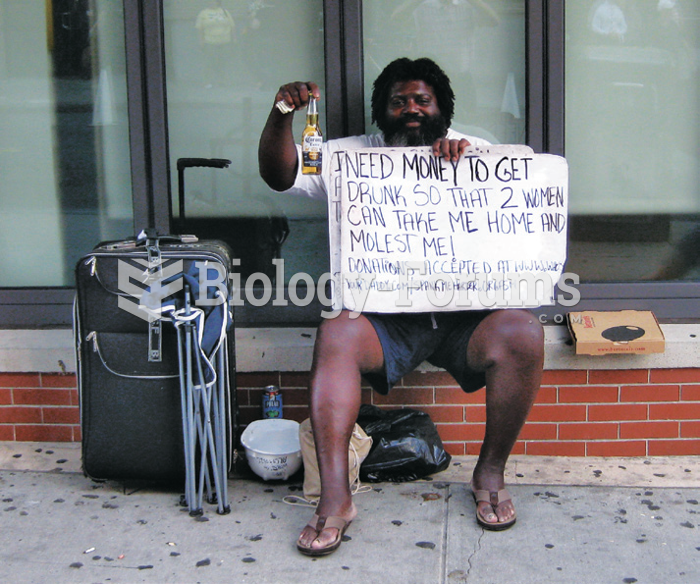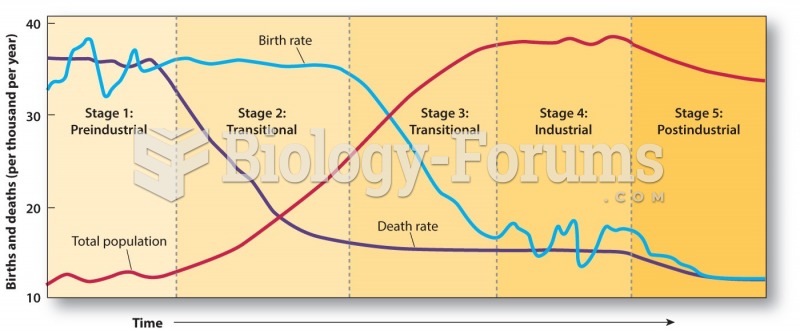Answer to Question 1
AGE
Because teenagers have relatively high crime rates, crime experts view changes in the population age distribution as having the greatest influence on crime trends. As a general rule, the crime rate follows the proportion of young males in the population. Youths who commit a lot of crime early in childhood are also likely to continue to commit crime in their adolescence and into adulthood. The more teens in the population, the higher the crime rate.
ECONOMY/JOBS
Youths who find it hard to get after-school jobs or find employment after they leave school may be motivated to seek other forms of income such as theft and drug dealing. As the economy heats up, delinquency rates should decline because people can secure good jobs; why risk breaking the law when there are legitimate opportunities?
A poor economy may actually help lower delinquency rates because it limits the opportunity young people have to commit crime. Unemployed parents are at home to supervise children and guard their possessions, and because there is less money to spend, people have fewer valuables worth stealing. Law-abiding youths do not suddenly begin to violate the law just because there is an economic downturn. It is possible that over the long haul, a strong economy will help lower delinquency rates, while long periods of sustained economic weakness and unemployment may eventually lead to increased rates.
IMMIGRATION
The most empirically sound research indicates that immigrants are actually less violent and criminal than the general population. Mexican immigrants, for example, experience lower rates of violence compared to their native-born counterparts. Immigration has a negative effect on overall levels of homicides, and drug-related homicides specifically. As the number of immigrants in the population increases, the overall delinquency may decline.
SOCIAL PROBLEMS
As the level of social problems increasessingle-parent families, dropout rates, racial conflict, and teen pregnanciesso do delinquency rates. Delinquency rates are correlated with the number of unwed mothers in the population. It is possible that children of unwed mothers need more social services than children in two-parent families. As the number of children born to single mothers increases, the child welfare system is taxed and services are depleted. The teenage birthrate has trended downward in recent years, and so have delinquency rates.
Racial conflict may also increase delinquency rates. Areas undergoing racial change, especially those experiencing a migration of minorities into predominantly White neighborhoods, seem prone to significant increases in their delinquency rates. Whites in these areas may be using violence to protect what they view as their home turf. Racially motivated crimes actually diminish as neighborhoods become more integrated and power struggles are resolved.
ABORTION
Donohue and Levitt found empirical evidence that the recent drop in the delinquency rate can be attributed to the availability of legalized abortion. Within a few years of Roe v. Wade, more than 1 million abortions were being performed annually. Donohue and Levitt suggest that the delinquency rate drop, which began approximately 18 years later, in 1991, can be tied to the fact that at that point, the first groups of potential offenders affected by the abortion decision began reaching the peak age of criminal activity. The researchers found that states that legalized abortion before the rest of the nation were the first to experience decreasing delinquency rates and that states with high abortion rates have seen a greater drop in delinquency since 1985 .
It is possible that the link between delinquency rates and abortion is the result of three mechanisms: (1) selective abortion on the part of women most at risk to have children who would engage in delinquent activity, (2) improved child-rearing or environmental circumstances because women are having fewer children, and (3) absence of unwanted children who stand the greatest risk of delinquency.
GUNS
The availability of firearms may influence the delinquency rate, especially the proliferation of weapons in the hands of teens. Surveys of high school students indicate that between 6 and 10 carry guns at least some of the time. Guns also cause escalation in the seriousness of delinquency. As the number of gun-toting students increases, so does the seriousness of violent delinquency.
GANGS
Another factor that affects delinquency rates is the explosive growth in teenage gangs. Surveys indicate that there are more than 800,000 gang members in the United States. Boys who are members of gangs are far more likely to possess guns than nongang members; criminal activity increases when teenagers join gangs.
DRUG USE
Some experts tie increases in the violent delinquency rate between 1980 and 1990 to the crack epidemic, which swept the nation's largest cities, and to drug-trafficking gangs that fought over drug turf. These well-armed gangs did not hesitate to use violence to control territory, intimidate rivals, and increase market share. As the crack epidemic has subsided, so has the violence in New York City and other metropolitan areas where crack use was rampant. A sudden increase in drug use, on the other hand, may be a harbinger of future increases in the delinquency rate.
MEDIA
Some experts argue that violent media can influence the direction of delinquency rates. The introduction of home video players, DVDs, cable TV, computers, and video games coincided with increasing teen violence rates. Watching violence on TV may be correlated with aggressive behaviors, especially when viewers have a preexisting tendency toward delinquency and violence.
JUVENILE JUSTICE POLICY
Some law enforcement experts have suggested that a reduction in delinquency rates may be attributed to adding large numbers of police officers and using them in aggressive police practices aimed at reducing gang membership, gun possession, and substance abuse. It is possible that tough laws such as waiving juveniles to adult courts or sending them to adult prisons can affect crime rates. The fear of punishment may inhibit some would-be delinquents, and tough laws place a significant number of chronic juvenile offenders behind bars, lowering delinquency rates.
Answer to Question 2
What works: Programs aimed at building school capacity to initiate and sustain innovation and are aimed at clarifying and communicating norms about behaviors by establishing school rules, improving the consistency of their enforcement (particularly when they emphasize positive reinforcement of appropriate behavior), or communicating norms through school-wide campaigns (for example, anti-bullying campaigns) or ceremonies.
Comprehensive instructional programs that focus on a range of social competency skills (such as developing self-control and skills in stress management, responsible decision making, social problem solving, and communication) and that are delivered over a long period of time to continually reinforce skills.
What doesn't work: Instructional programs that do not focus on social competency skills or do not make use of cognitive-behavioral teaching methods.
What is promising: Programs that group youths into smaller schools within schools to create smaller units, more supportive interactions, or greater flexibility in instruction.
Classroom or instructional management.







